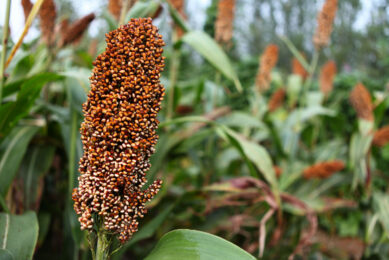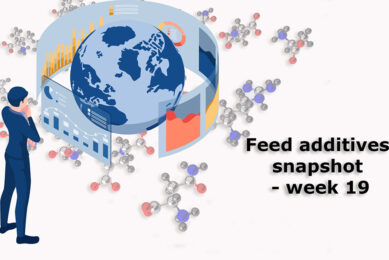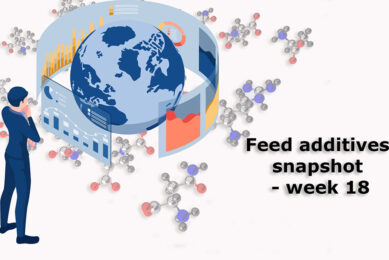EU levy limits feed grain options for livestock producers
Disruptions and price distortions in global grain markets following Russia’s grain export ban in August have influenced global grain prices and for some feed grains buyers, alternatives face levies.
“When grain prices started to skyrocket, many grain and feed companies in the European Union were looking for alternatives in their feed sector,” said Cary Sifferath, US Grains Council senior director Mediterranean and Africa.
“Irish feed millers, for example, approached the European Commission seeking relief with one option being the suspension of a levy on sorghum.”
This was not the first time the EU was asked to suspend the sorghum levy, but the idea this time drew the interest of the United Sorghum Checkoff Program in the United States, which thought the levy was not reflecting actual market prices.
Bill Kubecka, a sorghum producer from Palacios, Texas, and United Sorghum Checkoff Program board director, said the Sorghum Checkoff sponsored a study with the Council to determine how the European Union Levy Board calculated the sorghum import levy and whether it reflected actual US sorghum export values.
Wrong benchmark
The Council report found that the levy rate was based off pricing data for US barley shipped out of Duluth, Minnesota.
“Barley is not generally sold through Duluth, which makes it difficult for the Levy Board to obtain accurate numbers there,” said Sifferath. “That being the case, the values are likely based on prices used to determine US commodity loan rates, but those prices are generally set below market values.”
Sifferath explained that barley and sorghum prices are not related. Regardless of where the barley value came from, it made sorghum imports from any exporter into Europe difficult because the levy rate was set considerably higher than sorghum market values would warrant.
While the run-up in grain prices resulted in a lower levy – dropping from €31.76 per ton on May 1 to €7 on Sept. 15 – the way the levy is calculated stretched out the rate of decline.
“The corn levy has been at zero euros for some time and while sorghum trades at a premium to corn at times, the differential hasn’t matched the real market value,” Sifferath said.
Levy relief
The European Feed Manufacturers’ Association (FEFAC) and an organization of grain traders, the Cereals Commerce Committee (Coceral), also met with European levy officials over how the sorghum levy is calculated.
“While eliminating the levy altogether would be the ideal, if the levy is going to be in place we are hopeful that it will be set based on more accurate market values,” Sifferath said.
He said the Council’s report to the Sorghum Checkoff recommended that the levy be based on corn prices from the US Gulf – since corn and sorghum prices are more closely related and corn prices from the Gulf are easy to obtain.
Report presented
The report, which outlines that and other options, will be presented to the EU Levy Board, Kubecka said. “We hope this will help lead to a permanent change in how the levy is calculated,” he said.
“If the EU needs sorghum two months from now, two years from now or whenever, it will be helpful for European grain importers and feed manufacturers if the levy is calculated more effectively.”










